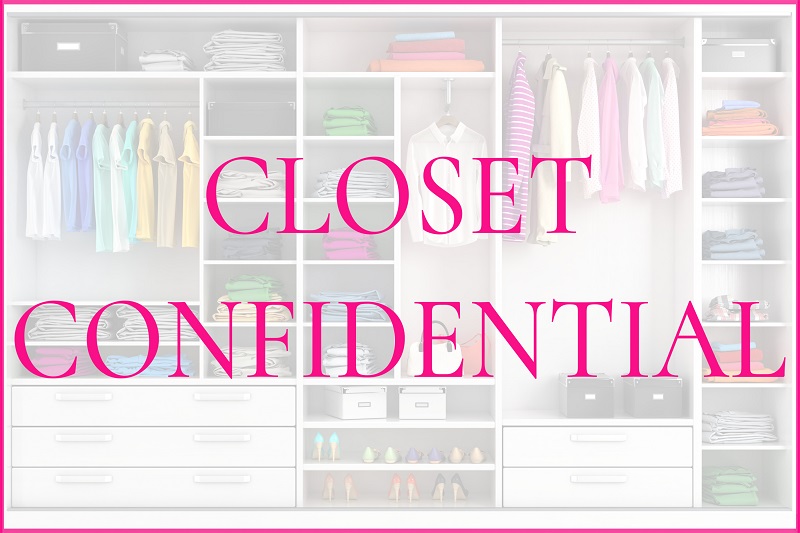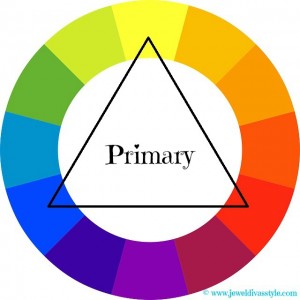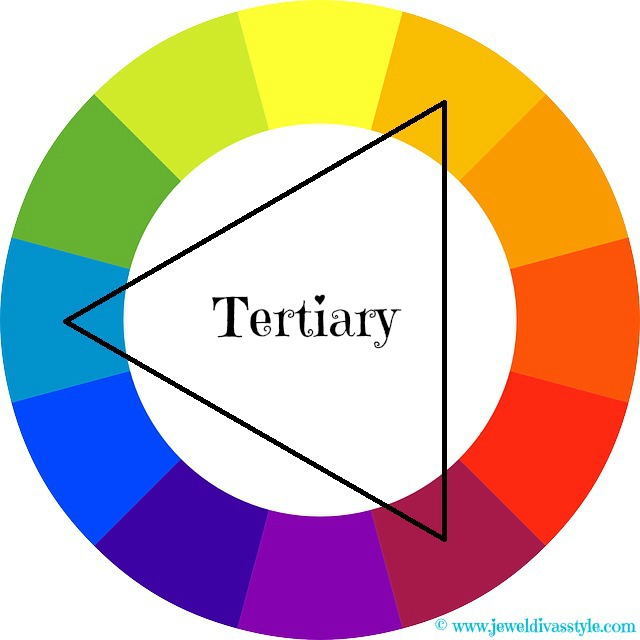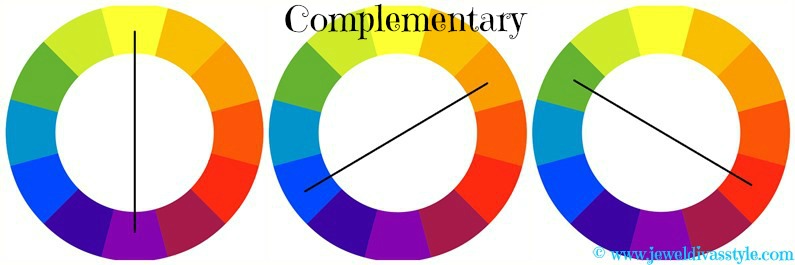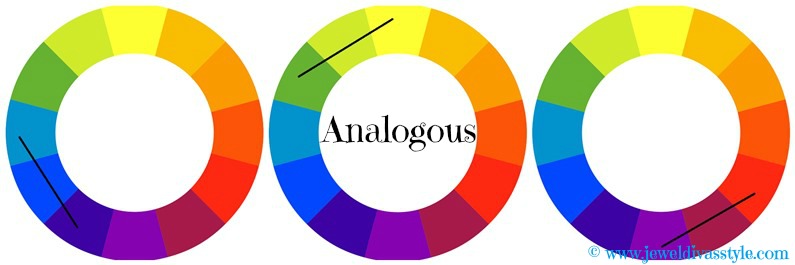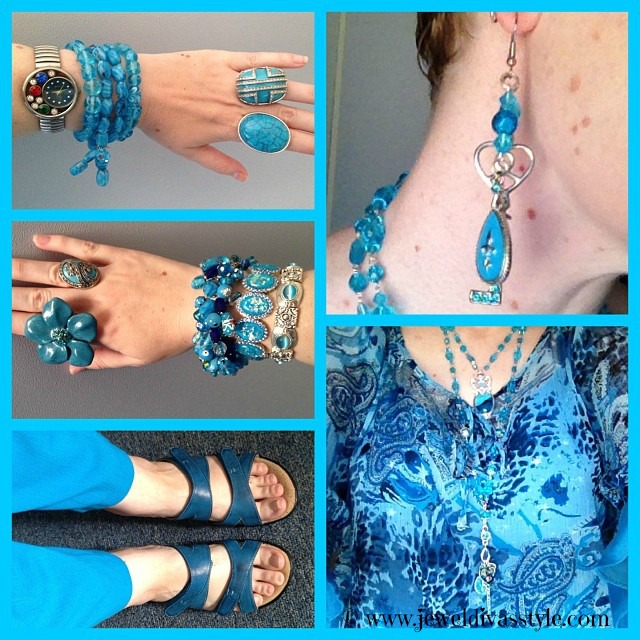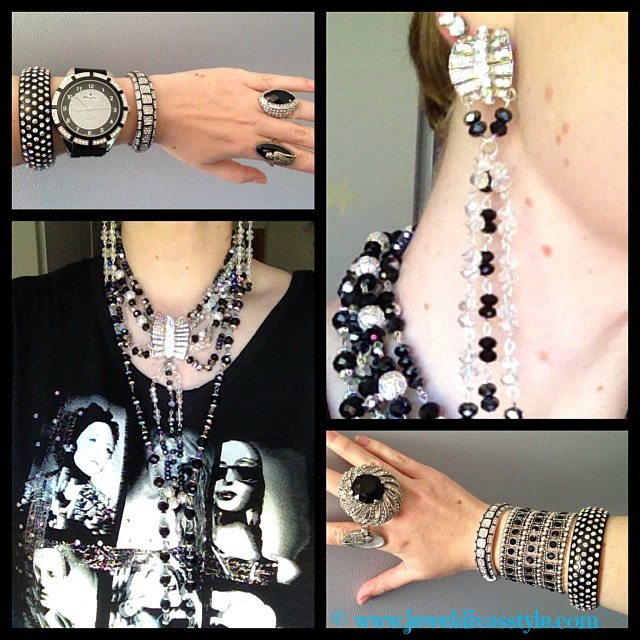Let’s start with Skin Tone so you can have a look and find out what yours is –
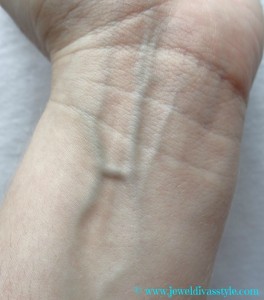 People with cool skin tones have bluish coloured veins (have a look at your wrists), naturally blonde, brown, or black hair, blue, green, or grey eyes, and a pink or ruddy complexion. The majority of people fall under this skin tone category. Jewellery that best suits cool skin tones includes metals with a silver accent.
People with cool skin tones have bluish coloured veins (have a look at your wrists), naturally blonde, brown, or black hair, blue, green, or grey eyes, and a pink or ruddy complexion. The majority of people fall under this skin tone category. Jewellery that best suits cool skin tones includes metals with a silver accent.
People with warm skin tones have greenish coloured veins, naturally red, strawberry blonde, rust, or orange hair, brown, black, or hazel eyes, and a yellow or fairer complexion. You can count on gold and copper jewellery to make you look dazzling.
The other way of checking your skin tone is to hold up a large piece of silver then a large piece of gold metallic material under your face. If gold is more flattering your undertones are warm, if silver is more flattering then your tones are cool.
Your skin, eyes and hair will absorb colours that match your own undertones, resulting in a sparkling appearance. When the colours you wear are of the opposite undertone they will reflect and deaden your appearance.
Getting your colours done professionally is the best way to go as it gives you the whole range of colours that best suits you and your tone.
Colour Wheels –
The colour wheel is divided into warm and cool shades with cool colours having a blue base to them and warm colours a yellow base, such as below. The warm colours are on the left and the cool on the right.
Warm colours are represented by reds, oranges, yellows and green yellows and are thought to express comfort and energy. These colours tend to make things stand out, such as the McDonalds arches in golden yellow, the sun in the sky, a red-orange fire in winter.
Cool colours are blues, greens, and purples. These colours represent stability and calm. These colours make you think of the ocean and the sky in winter. Cool colours are often used in hospitals or doctors surgeries to keep patients calm and soothed.
The neutrals of black, white and grey are also cool as they contain no colour.
While colours are divided into cool and warm colours, all colours, except for orange, have both a warm and cool presence. While this may be confusing, if you have a look at pictures below, you will see the warm tones on the left and cool on the right.
Colour combining is simple when doing the basics. It takes knowledge of colours, hues, shades, tints, tones and much more to fully understand the whole concept of colour but I will show you the basics and how they work together.
Primary colours are Red, Yellow and Blue. These colours make up all other colours in the colour wheel. Triadic colours are those at an equal distance from each other on the colour wheel. They are challenging to combine but when done well can be very striking.
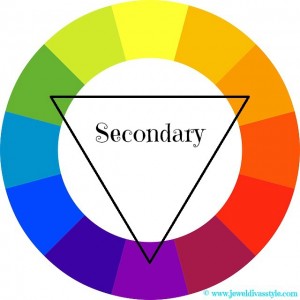
Secondary colours are Green, Orange and Purple. These are the mixtures created by the primary colours. Yellow and Blue make Green, Blue and Red make Purple, Yellow and Red make Orange.
Tertiary colours are those made up from one primary and one secondary colour. Red-Orange, Yellow-Orange, Yellow-Green, Blue-Green, Blue-Purple, Red-Purple. When describing tertiary colours the primary colour is always put first, Yellow-Green, Red-Orange, Blue-Purple.
Complementary colours are opposite each other on the colour wheel and enliven one another. Used in unequal amounts, such as a blue outfit with orange and blue accessories will make them come alive, stand out and produce a strong contrast.
Colours on both sides of a colour complement are its split-complements. Wear a yellow dress with red-purple or blue-purple accessories, or a pink top with yellow and yellow green blazer, belt, scarf or shoes.
Colours on both sides of a colour are its Analogous (related) colours. If you choose, for example, blue-green, its analogous colours are blue and blue-violet to the right, and green and yellow-green to the left.
Then there’s Monochrome. Mono = one, Chrome = colour. Monochrome means “one colour”. You can wear monochromatic from head to toe, either the same colour or various shades of that colour.
Many stylists and magazine editors say black and white is monochromatic but it’s not because black and white are not colours; they’re neutrals along with grey, the neutral they make. Wearing black, white, and grey on their own or all together is actually achromatic dressing as achromatic means “no colour” or “free from colour”.
Stay tuned for Monday when we finally get into that wardrobe audit.

